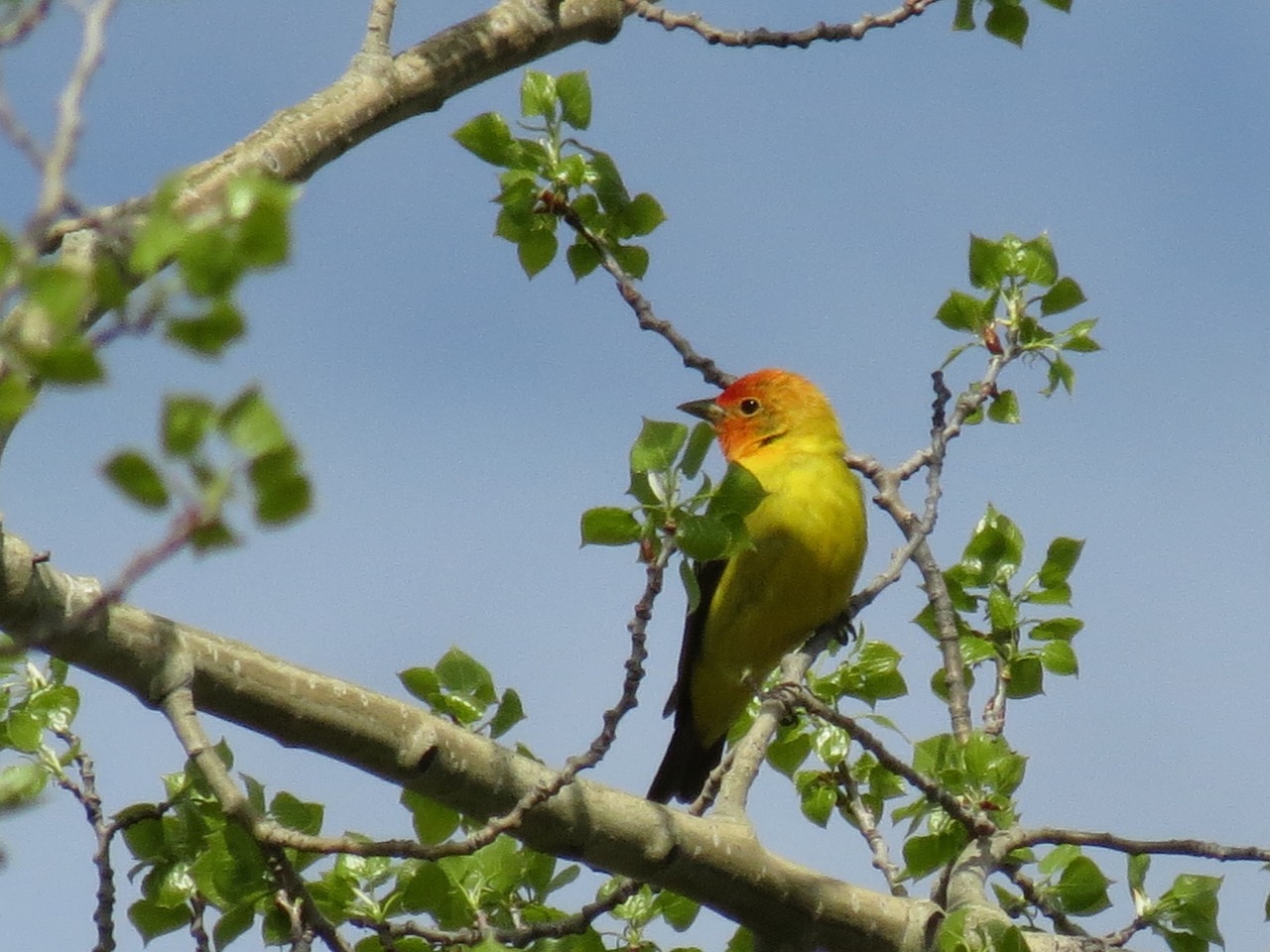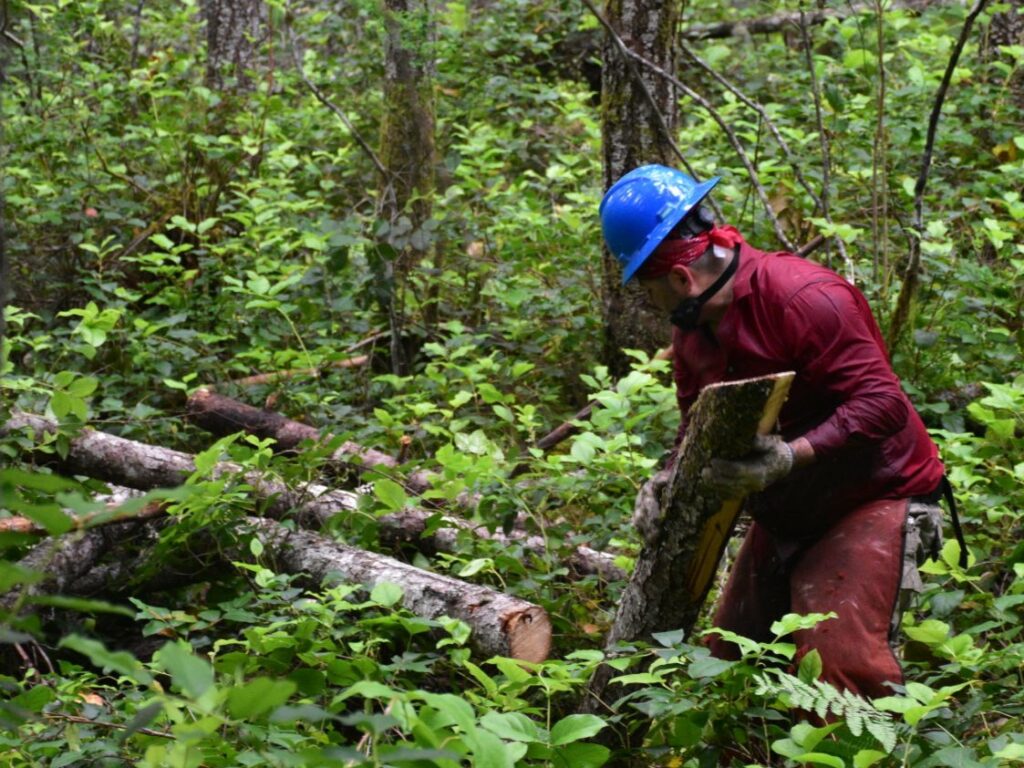
Ecological Forestry
MANAGING FOR DIVERSE OBJECTIVES
Careful forest stewardship by individual landowners can provide a sustainable supply of timber and other ecosystem services while also restoring ecosystem functions and connectivity across the Pacific Northwest forested landscape.
Ecological forestry strategies enable landowners to manage their forests for multiple benefits, from boosting the structural complexity that provides good habitat to improving tree growth by removing suppressed trees that are choking the understory.
A good definition of ecological forestry can be found in the 2018 textbook by Jerry Franklin, Norman Johnson, and Debora Johnson, Ecological Forest Management. They write, “Ecological forestry recognizes that forests are ecosystems with diverse biota, complex structure, and multiple functions, and not simply collections of trees valuable primarily for production of wood. In doing so, it seeks to maintain the fundamental capacities (integrity) of the forest ecosystems to which it is applied.”
Download NNRG’s ecological forestry brochure here.
Ecological Forestry aims to:
Mimic Natural Processes
Increase Structural Complexity
Improve Biological Diversity
Leave Merchantable Timber
OUR APPROACH
NNRG’s approach to ecological forestry makes use of variable density timber harvests that mimic natural forest processes and leave standing merchantable timber as a long-term investment in the forest’s ecological and financial capital. At the individual parcel scale, this approach increases economic and ecological resilience through longer harvest rotations, species diversity, and structural diversity. Furthermore, this forest management method releases resources for dominant trees to improve structure and growth, improves soil and understory structure, diversifies native species composition, and enhances habitat and biodiversity. Ecological forestry also provides diversified financial value to the landowner through an array of native, merchantable timber species and the production of non-timber forest products.
There is a broad and ongoing discussion about specific elements of ecological forestry – here are some links for further reading:
- Principles of Ecological Forestry by Seymour & Malcolm J. Hunter, Jr.
- Natural Disturbance and Stand Development Principles for Ecological Forestry by Jerry F. Franklin Robert J. Mitchell Brian J. Palik
In the video below, world-renowned forest ecologist Jerry Franklin outlines key elements of ecological forestry.
FSC® CERTIFICATION AND ECOLOGICAL FORESTRY
Forest Stewardship Council® (FSC®) certification provides a helpful framework for implementing practices of Ecological Forestry. FSC has a set of 10 Principles and 57 Criteria to ensure that forests are sustainably managed and achieve outcomes such as diversity and forest health. For instance, Principle 6 stresses the importance of forest management in conserving biological diversity “and, by so doing, maintain[ing] the ecological functions and the integrity of the forest.” In addition, FSC also includes a product labeling system that allows consumers to identify products as sourced from responsibly managed forests and supports those forests with their purchases.

